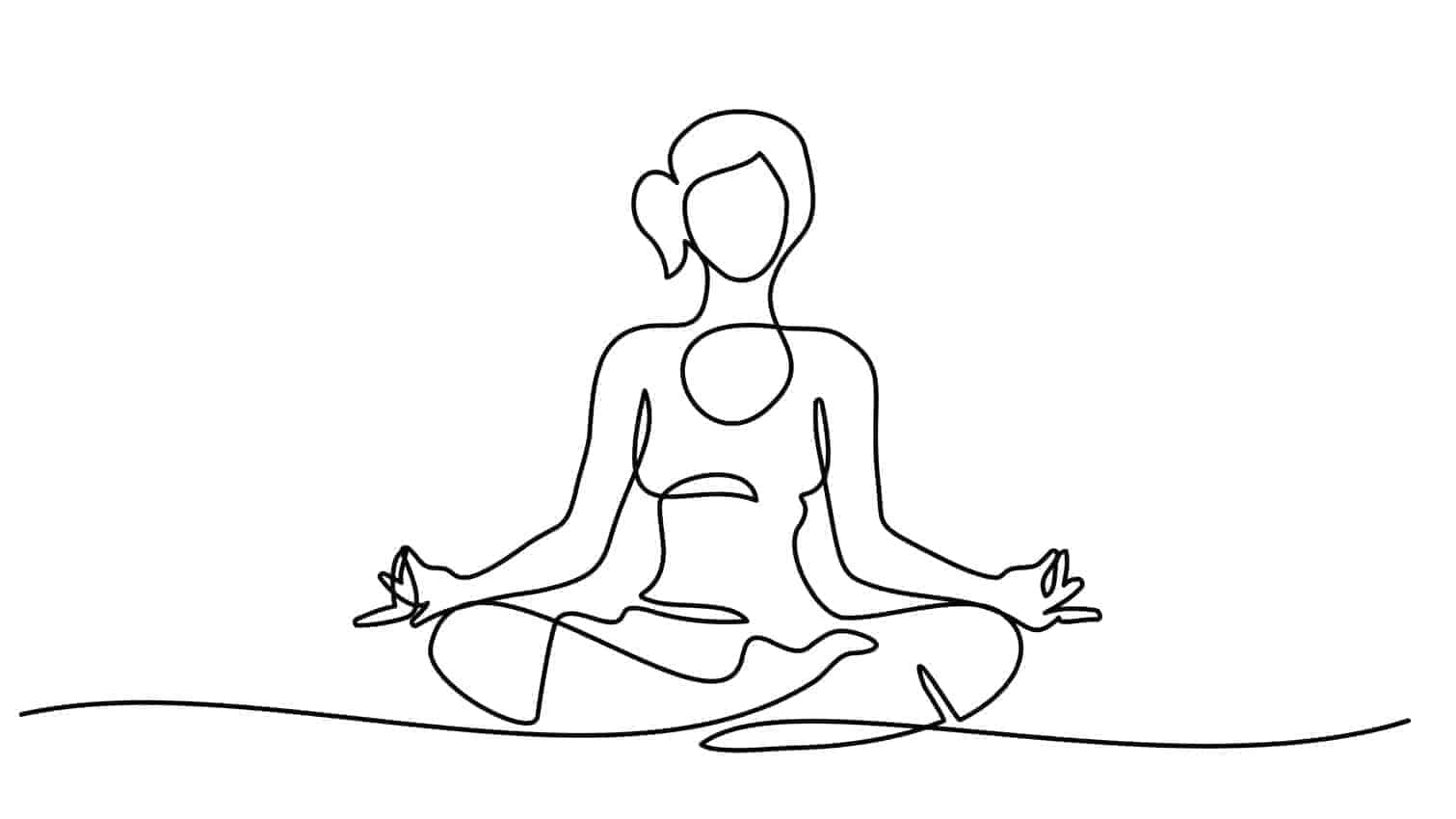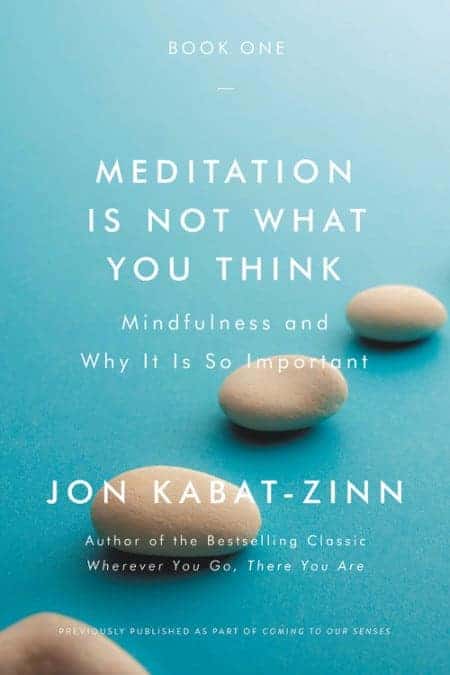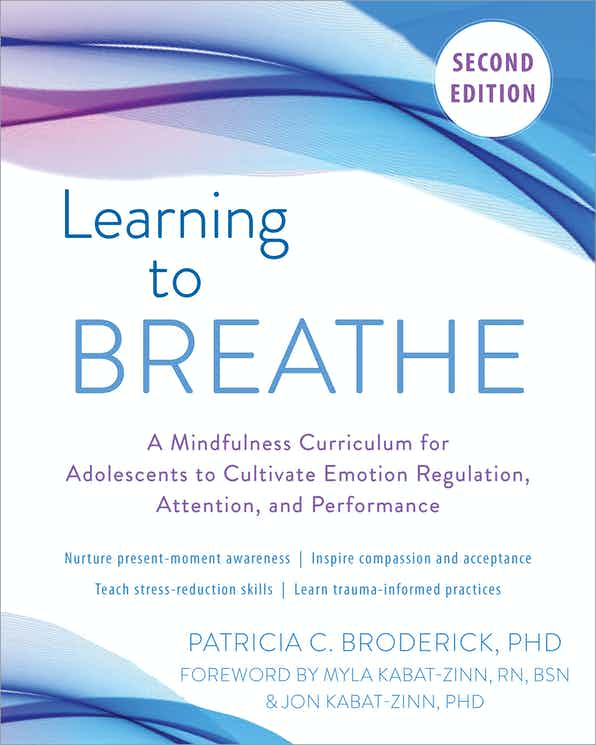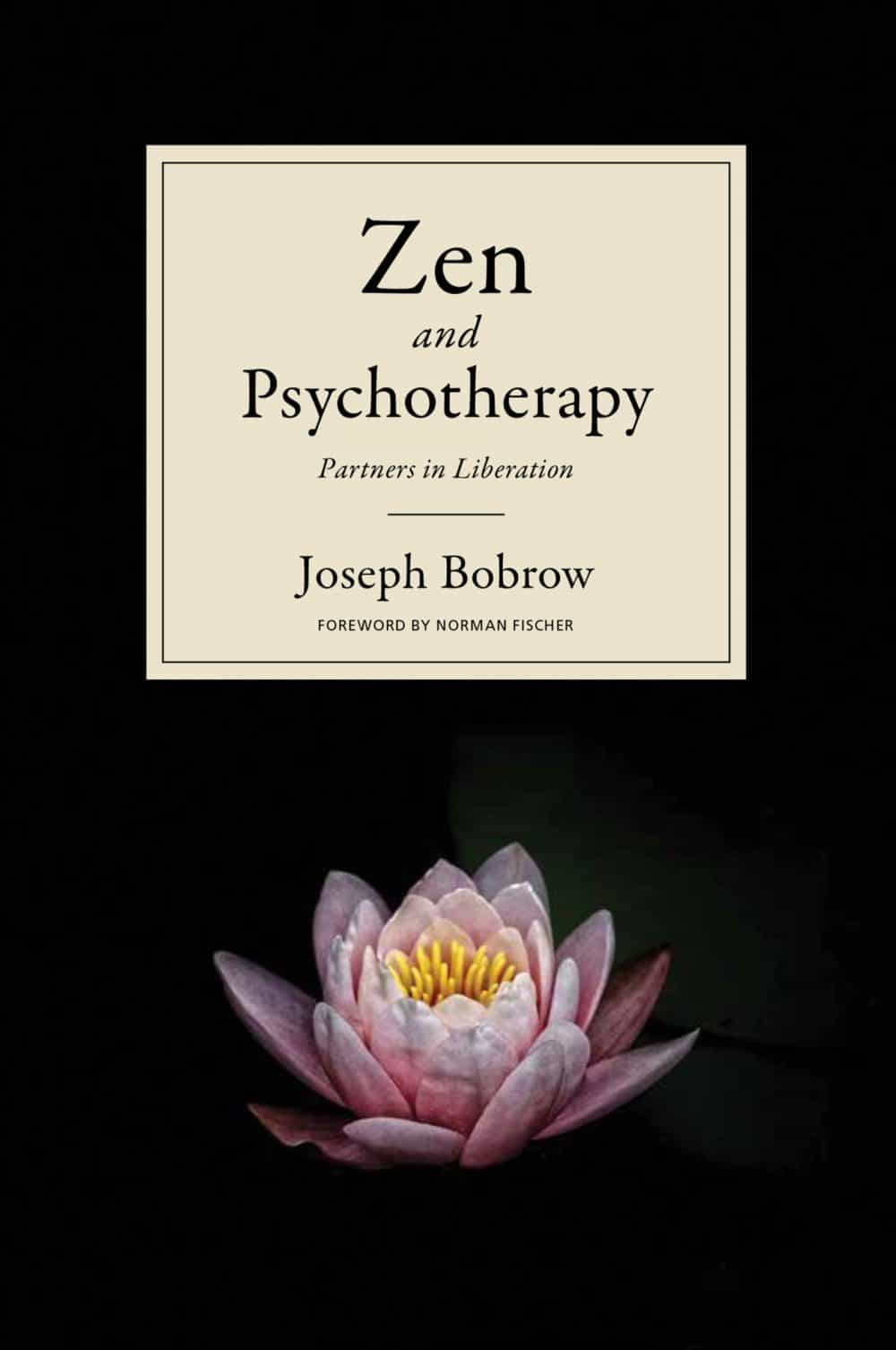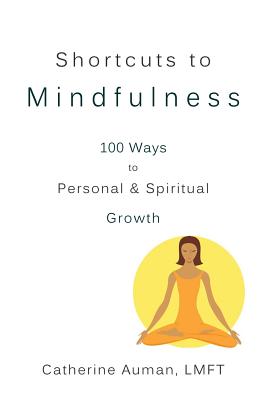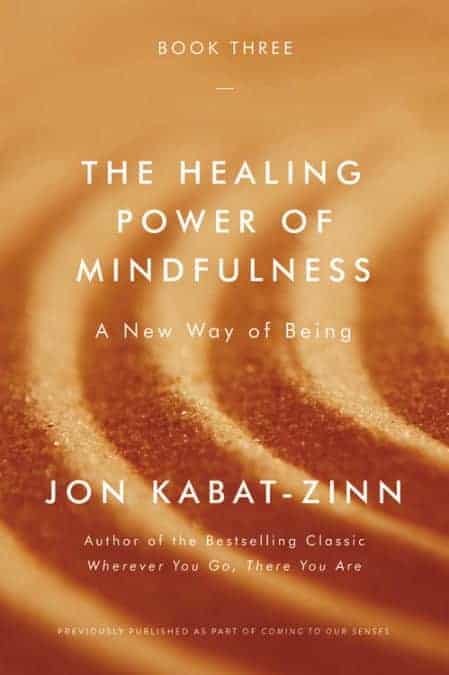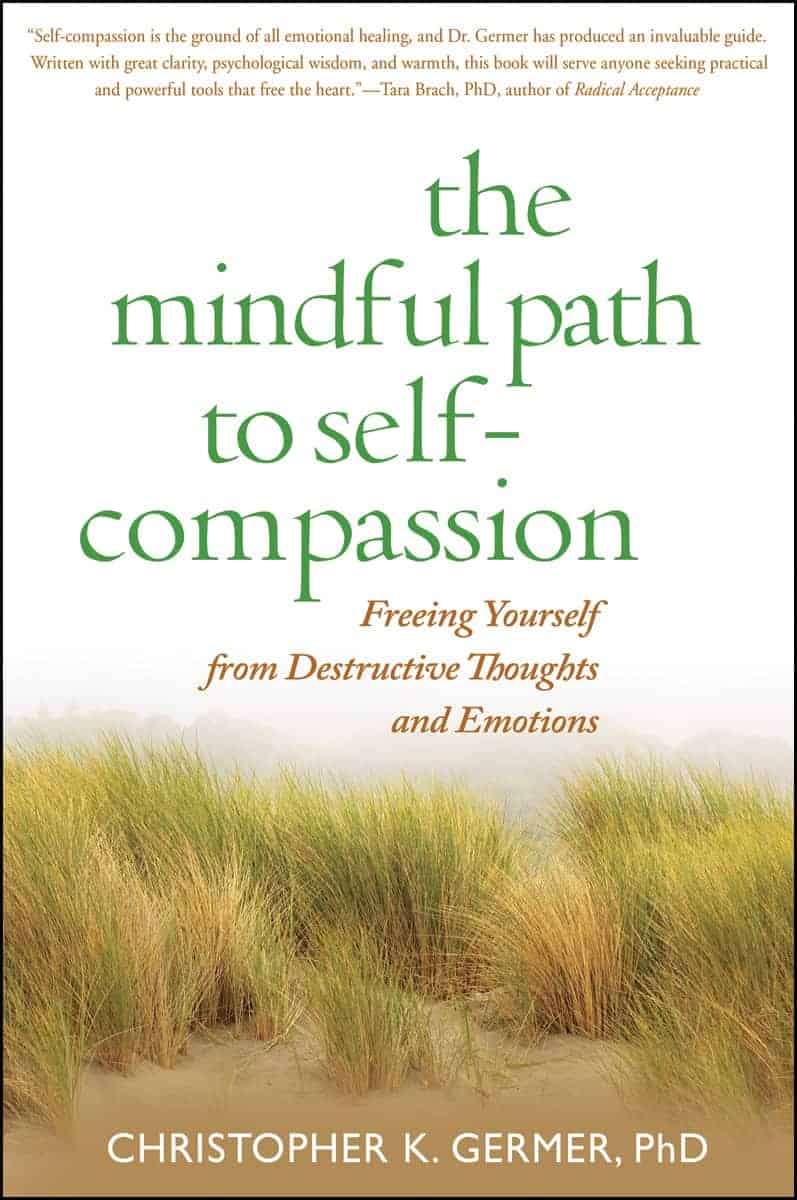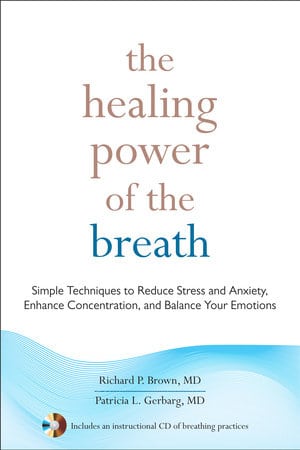Meditation
Meditation: Overview, Research, and Effectiveness
THC Editorial Team June 29, 2022
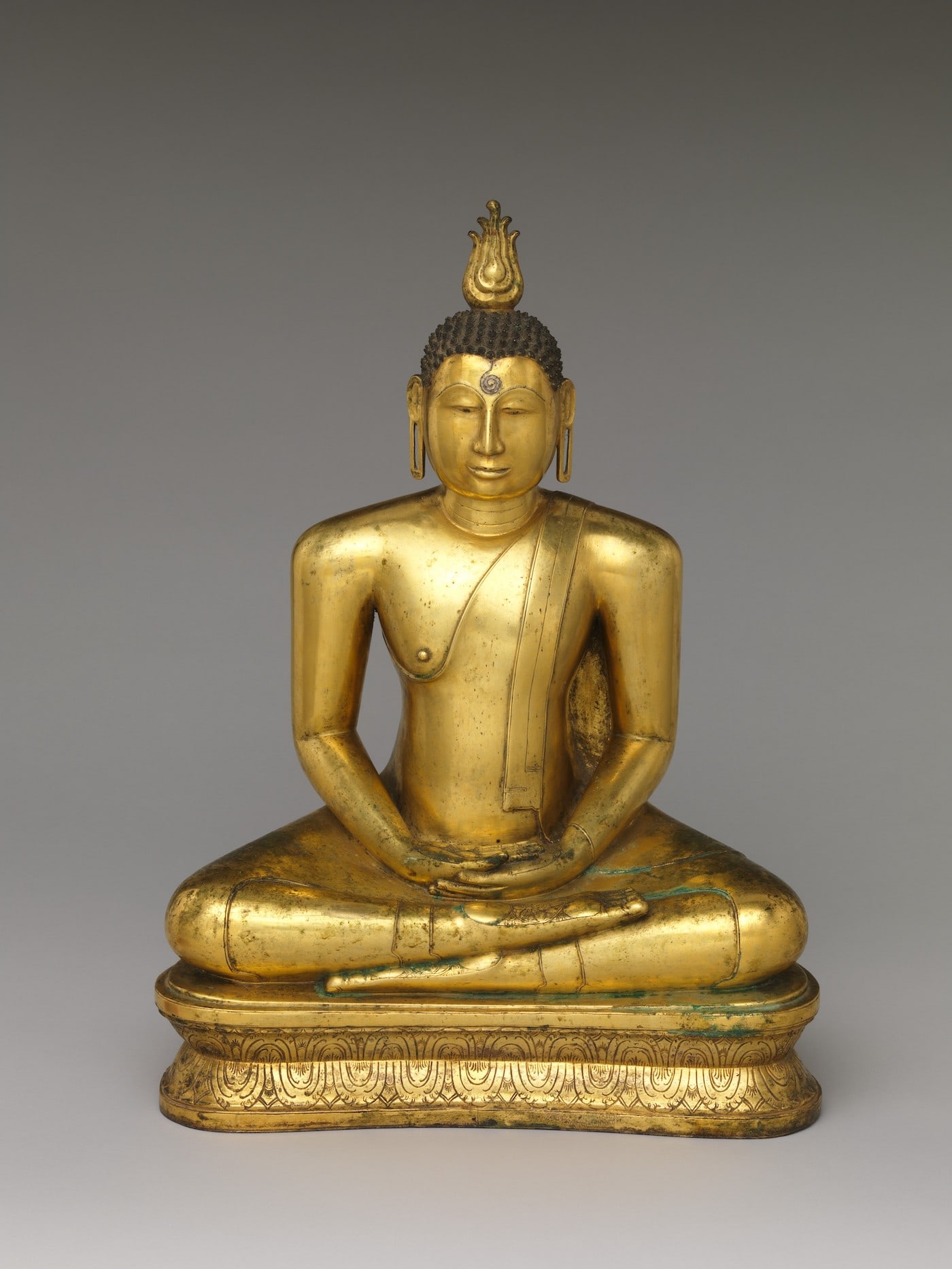
Contents
- Overview
- What Is Meditation?
- Background and History of Meditation
- Types of Meditation
- Potential Benefits of Meditation
- Effectiveness of Meditation Based on Scientific Research
- Potential Risks or Challenges for Beginners
- Summary/Key Takeaways
The practice of meditation has been around for thousands of years, particularly as a part of spiritual or philosophical practice. It has gained widespread popularity, becoming more secular and mainstream and gaining traction in Western medicine and practice, picking up speed over the last several decades.1
What Is Meditation?
Meditation is the process of attuning one’s focus to a single object, sound, concept, or experience.2 It involves contemplation and reflection.3 Meditation is intended to help a person connect with their “deep inner Self.” The term “meditation” encapsulates several techniques, such as contemplation, concentration, and meditative movement, allowing people to achieve this deep connection.4
Vedic science—based on the Vedic texts, which originated in ancient India—considers a person to be made up of three aspects:4
- physical body
- inner faculty: a person’s working consciousness, including their mind, intellect, ego, and memories
- deep inner Self: a person’s pure consciousness, which witnesses the inner faculty and includes knowledge, intelligence, and creativity
Meditation connects all three parts. While there are many varieties of meditation, typical features of a meditative practice include breathing, mantras, relaxation, attention, spirituality, and training.5
Buddhist meditation follows five basic moral rules, referred to as the five precepts; these involve refraining from killing, stealing, sexual misconduct, lying or speaking harshly, and drinking alcohol, and using other intoxicants. The precepts are thought to help practitioners contribute to society as well as deepen their understanding of the Self.6
Meditation dates back to ancient times and has prominence in many cultures and religions. Meditation originated in the religious and spiritual traditions of India, Tibet, China, and Japan.7 Indian Hinduism, Theravāda Buddhism, Japanese Zen, and Tibetan Buddhism all incorporate meditation practices.8 The earliest documentation of meditation practices exists in the Veda, the sacred Hindu scripture of ancient India, from 1500 BCE.9 The Vedic texts outline a natural health care system, called Ayurveda, or science of life, which utilizes meditation, among other techniques, to foster connection to the inner Self.4 Later, between 600 and 500 BCE, meditation continued to develop as a spiritual practice in Taoist China and Buddhist India.9
Meditation began to spread toward the West, gaining prominence over the last 20 years; in 2015 alone, 50 times more scientific journal articles about Buddhist-derived meditation practices were published than in the 12 years between 1980 and 1992.8 Spiritual leaders often appealed to the scientific advantages of meditation, like increased energy levels and lowered blood pressure, to legitimize the practice to secular practitioners.4,10 For instance, Maharishi Mahesh Yogi, a Hindu leader who founded the Transcendental Meditation Organization, drew parallels between the Veda and quantum physics and biochemistry.10
As scientific studies have touted its benefits, such as lowered heart rate and improved sleep, meditation has become a mainstream practice. Schools and institutions geared toward the practice of meditation have been established, including the Stress Reduction Clinic and the Center for Mindfulness in Medicine, Health Care, and Society, founded by MIT graduate Dr. Jon Kabat-Zinn.11
Types of Meditation
There are numerous types of meditation and many ways to practice it. Some common types of meditation include mantra meditation, mindfulness meditation, breathing meditation, meditative movement, guided meditation, and loving-kindness meditation.6
Mantra Meditation
Practitioners of mantra meditation repeat a word or syllable silently or aloud during their practice. They practice passivity, dismissing distractions as they arise both from their environment and from within, to circumvent or override negative mental speech. There are several types of mantra meditation, the most common of which is transcendental meditation®, in which the mantra disappears by the end of the practice. Other widely practiced types of mantra meditation include OM chanting, Benson’s relaxation response (RR), clinically standardized meditation (CSM), and Japa yoga.6,12
Mindfulness Meditation
Mindfulness refers to a state of attention and awareness of the present moment and necessitates a nonjudgmental attitude toward one’s thoughts, emotions, and experiences. According to Kabat-Zinn, “Mindfulness is not a technique. It is a way of being in wise relationship to the entirety of your inner and outer experience.”13 Examples of mindfulness-based meditation practices include Vipassana meditation, Zen meditation, and mindfulness-based stress reduction (MBSR).6
Breathing Meditation / Breathwork
Breathing meditation also referred to as breathwork and yoga breathing originates from Indo-Tibetan traditions. Yoga breathing, or pranayama, is detailed in the yoga sutras, ancient Indian texts dating back to 400 BCE. Yoga breathing techniques are also present in Buddhist traditions. These sects believe that there is a relationship between the mind and the breath, and as such through controlled, deep breathing, practitioners can affect their minds and even consciousness. Breathing meditations seek to expel both toxins and negative thoughts and feelings from the body, increase oxygenation and strengthen the body.14
Meditative Movement
This type of practice cultivates movement aligned with meditative attention to bodily sensations.15 Examples of deliberate, meditative movement include yoga, Tai Chi, and Qigong.
Guided Meditation
Guided meditation involves a teacher or trained practitioner, who gently prompts the practice. This technique can use written texts, sound recordings, videos, music, or verbal, in-person guidance to shape their practice. Guided meditation works by providing a sensory stimulation intended to evoke mental imagery and walk practitioners through the process of focusing inward. This can be a good technique for meditation beginners because it relies upon external guidance rather than coming from within.16
Loving-Kindness Meditation
This Buddhist technique promotes prosocial tendencies by encouraging love and connection with others. Practitioners direct well wishes, positive well-being, and compassion toward others, whether the intended recipients are real or simply imagined. Though there is little empirical research regarding loving-kindness meditation, practitioners find that the practice evokes changes in emotions, motivations, and behaviors that lead to more positive feelings toward oneself and others.17
Potential Benefits of Meditation
Both scientific researchers and individual practitioners tout the numerous benefits of meditation. Some of these benefits include:4
- reduced stress
- increased energy
- decreased anxiety
- decreased depression
- reduced physical and psychological pain
- improved memory
- increased efficiency
- reduced blood pressure
- reduced heart rate
- increased gray matter in the brain
- lowered cortisol levels
- slowed metabolism
- decreased oxygen utilization
- increased melatonin
- increased cerebral blood flow
Effectiveness of Meditation Based on Scientific Research
The continually increasing body of scientific research regarding meditation has yielded many studies that display the effectiveness of meditation for treating certain conditions and improving overall mental and physical health. In 1992, Kabat-Zinn and fellow psychology and meditation researchers studied the effects of meditation on people with anxiety disorders. They developed a meditation-based stress reduction and relaxation program and used self-ratings and therapist ratings to assess the 22 participants, each of whom had a general anxiety or panic disorder. They found that nearly all the participants showed reduced anxiety and depression scores as well as reduced panic symptoms.18
A recent 2022 paper published in the International Journal of Environmental Research and Public Health conducted by researchers from various health service institutions in Spain reviewed studies of mantra-based meditation. The included studies enlisted both healthy participants and participants with mental and physical health disorders. The researchers found that mantra-based meditation reduced anxiety, depression, stress, and posttraumatic stress and increased participants’ mental health-related quality of life.19
A 2017 literature review in the Journal of Psychosomatic Research compiled by researchers from the UK, Canada, and Italy had similar findings. The researchers examined 20 papers regarding meditation retreats and found that regardless of meditation style, the retreats had large effects on anxiety, depression, and stress and moderate effects on emotional regulation and overall quality of life. The retreats also brought about increased levels of mindfulness, compassion, and acceptance.20
Potential Risks or Challenges for Beginners
Meditation is not a cure-all for psychological discomfort—although the effectiveness of meditation is well-documented, the risks are infrequently studied. A 2021 study by researchers from the University of Wisconsin and Brown University assessed the potential for medication-related adverse effects (MRAEs) in 434 participants who indicated they had long-term exposure to meditation practice. Through survey data, the researchers found that nearly a third of respondents reported some sort of MRAE. Common MRAEs included anxiety, traumatic re-experiencing, and emotional sensitivity. Despite these effects, participants still generally reported that they were glad to have practiced meditation. To avoid MRAEs, the authors recommend that practitioners increase transparency about the range of meditation results and trauma sensitivity and identify those who might be at a higher risk for MRAEs before recommending a practice.21
Summary/Key Takeaways
Meditation can be an extremely therapeutic practice, full of potential for personal growth and development. Regardless of whether a person has a diagnosed mental or physical health condition, they can enjoy benefits like increased calm and reduced stress.4 Individuals who are inexperienced in meditation may find it difficult or intimidating to begin; there are numerous resources available for those looking for some guidance.





